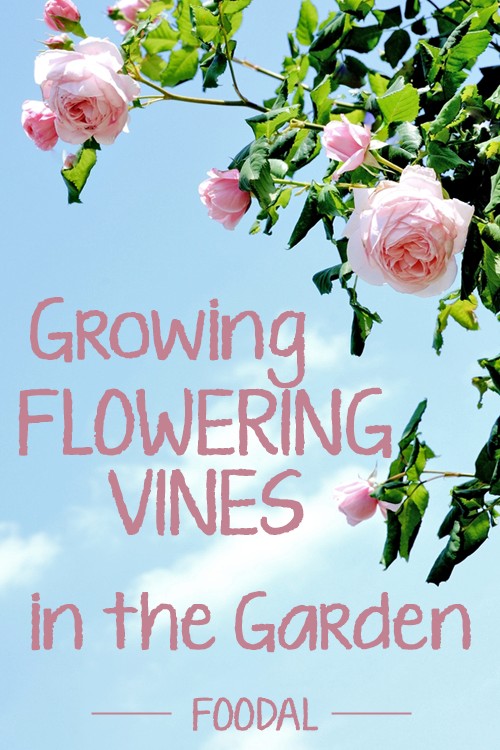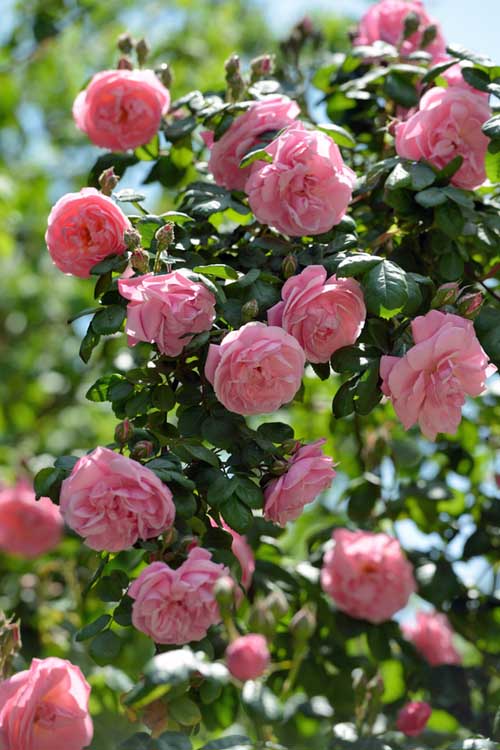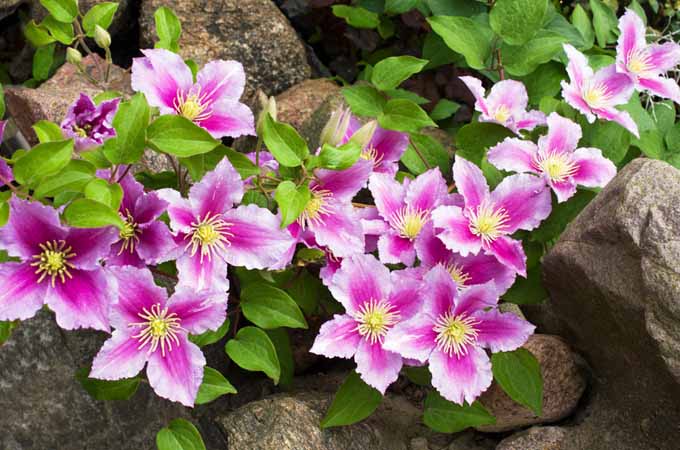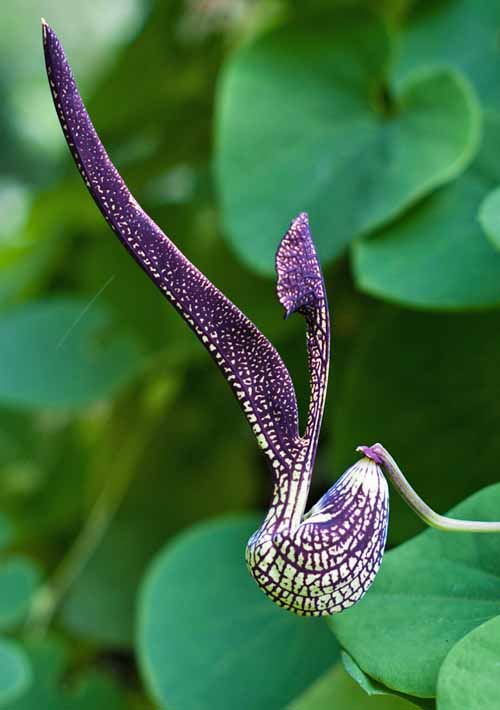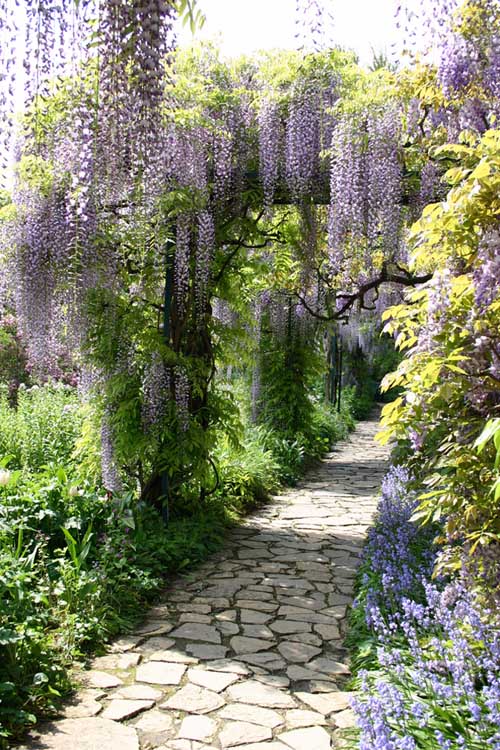Some varieties are aggressive to the point of overtaking the garden as well as the surrounding landscape. The vigorous growth and rapid spreading characteristics of these plants can quickly turn these spirited plants into annoying pests. However, with proper care and maintenance, even the most aggressive varieties can become beautiful additions to nearly any landscape. Before choosing specific cultivars for the garden, you should consider their purpose. For instance, do you want a privacy hedge or perhaps additional shade? Do you have a sloped area that is prone to erosion or a flat site in need of an adequate wind break? Flowering vines serve an array of purposes in a garden. Most people simply enjoy their beauty. These climbing plants make attractive, colorful accents to gardens. On the other hand, vines of all types can add height as well, maximizing the vertical space within a garden. You should also carefully consider, beforehand, the soil conditions within your landscape as well as factors like humidity, air temperature, and light to avoid any possible problems that may arise later. Select cultivars that are suitable to both your particular hardiness area and only those that will meet the specifications for your site’s conditions. The amount of sunlight is important, not enough can reduce flowering. Most flowering vines require at least six full hours of sunlight. Typically, these climbing plants are tolerant of a variety of soil types; however, moist, well-drained soil is preferable to the majority. Of course, these plants will require watering. The key to proper water management, however, is to water deeply. Avoid watering too often as this can stress or even kill the plant. Instead, allow the soil to dry out in between watering intervals. These climbing plants should be fertilized sparingly. Trimming in late winter or early spring is imperative and should be done in order to help keep them within their boundaries as well as to encourage ongoing health. Not all flowering vines are alike; they consist of different types. There are both annual and perennial varieties, herbaceous and woody cultivars, and there are deciduous and evergreen species. They also climb and spread in various ways. Twining varieties have flexible stems that wrap or twine around an object. They also twist and turn into the path of other plants, where they wrap around them. This type includes morning glory, wisteria, honeysuckle, jasmine, and hyacinth bean. Clinging varieties attach to surfaces with suckers or hooks, grabbing onto objects for support and adhering quite easily to walls. Virginia creeper, firethorn, and others such as ivies are good examples of this climbing type. Tendril species have threadlike tendrils that twist around nearby objects and include clematis, passion flower, and sweet pea. Leaning varieties simply sprawl over objects with long stems but require tying or weaving to keep them in place. Climbing roses are the most common species that has this growing characteristic. Most flowering vines require some type of support in order for them to fully flourish; therefore, you should provide them with a fence, trellis, pole, wall, etc. to satisfy their basic need to climb. Heavier varieties like grape, wisteria, trumpet, and Dutchman’s pipe require a sturdy structure, such as a pergola or iron arbor, which can withstand their weight. Most flowering vines, however, are quite suitable for smaller structures such as trellises, fences, and posts. Keep in mind, however, that each vine’s climbing abilities is crucial to not only the type of support structure you provide but also for proper training. Twining or tendril climbers will enjoy wrapping around a trellis, lattice, chain-link fence, or a mesh-covered pole. Leaning varieties will need to be secured with twine or panty hose to a suitable structure such as a trellis or post. They can also be weaved into fencing, following the direction in which you want the plant to go. Clinging types can be tied to a post, tree, or arbor. These can also adhere to walls, buildings, stone, or brick. Try to avoid growing them on the house or other outside structure, such as a shed. Aggressive varieties can cause damage to siding, shingles, and brick (if already unsound). Vines can also become destructive to trees, making them top heavy and resulting in the falling or breaking of trees. Some of the more aggressive types, such as kudzu, can even strangle trees. This type is a common pest in the South where it engulfs everything within its reach, including old parked cars. Flowering vines can be grown in hanging baskets, draping down or trained to grow up. This works especially well for smaller gardens and is a great way to take advantage of vertical space. They can also be grown in containers. Place them in window boxes or set them on decks, patios, and balconies. No matter what size the garden space, there are a variety of ways to use flowering vines. However, regardless of how you use them in your garden or landscape, these climbing plants should always be carefully researched in order to choose the proper growing habits for your particular area and needs. © Ask the Experts, LLC. ALL RIGHTS RESERVED. See our TOS for more details. Uncredited photos: Shutterstock.
